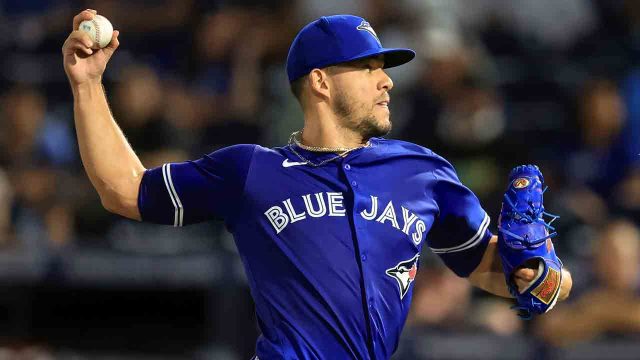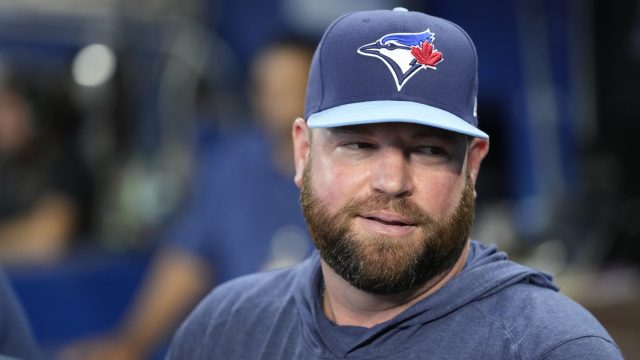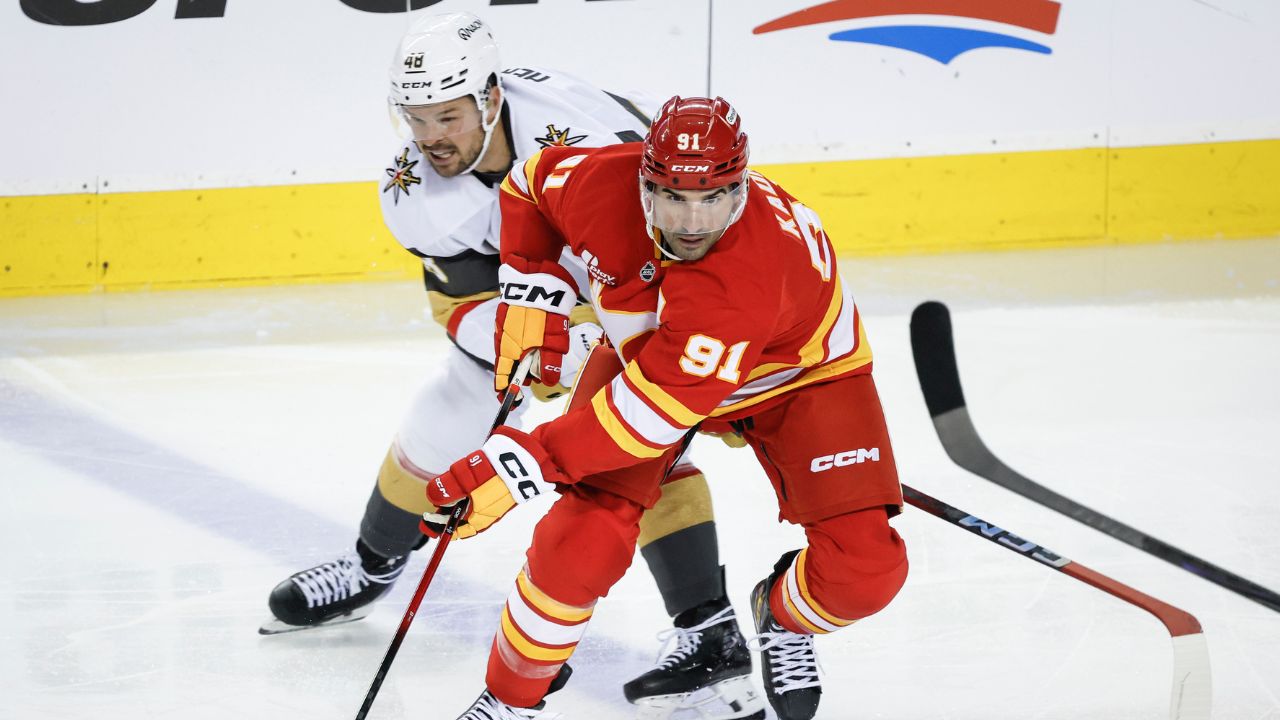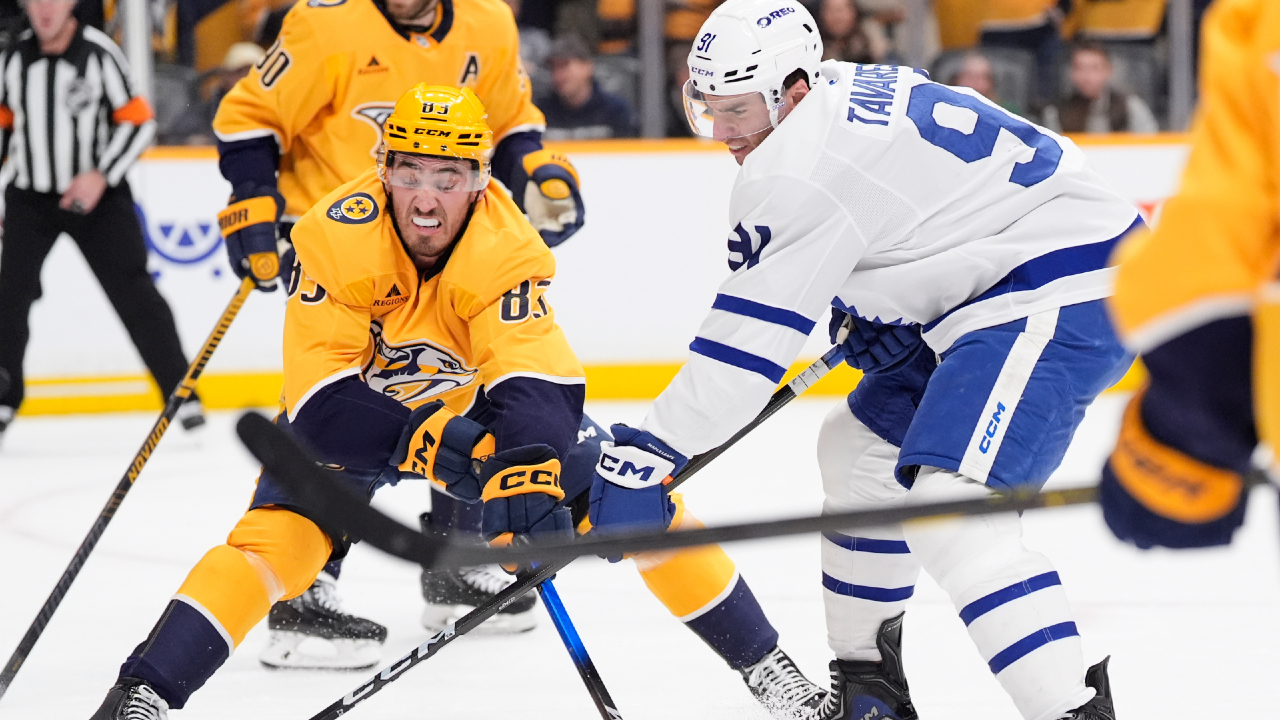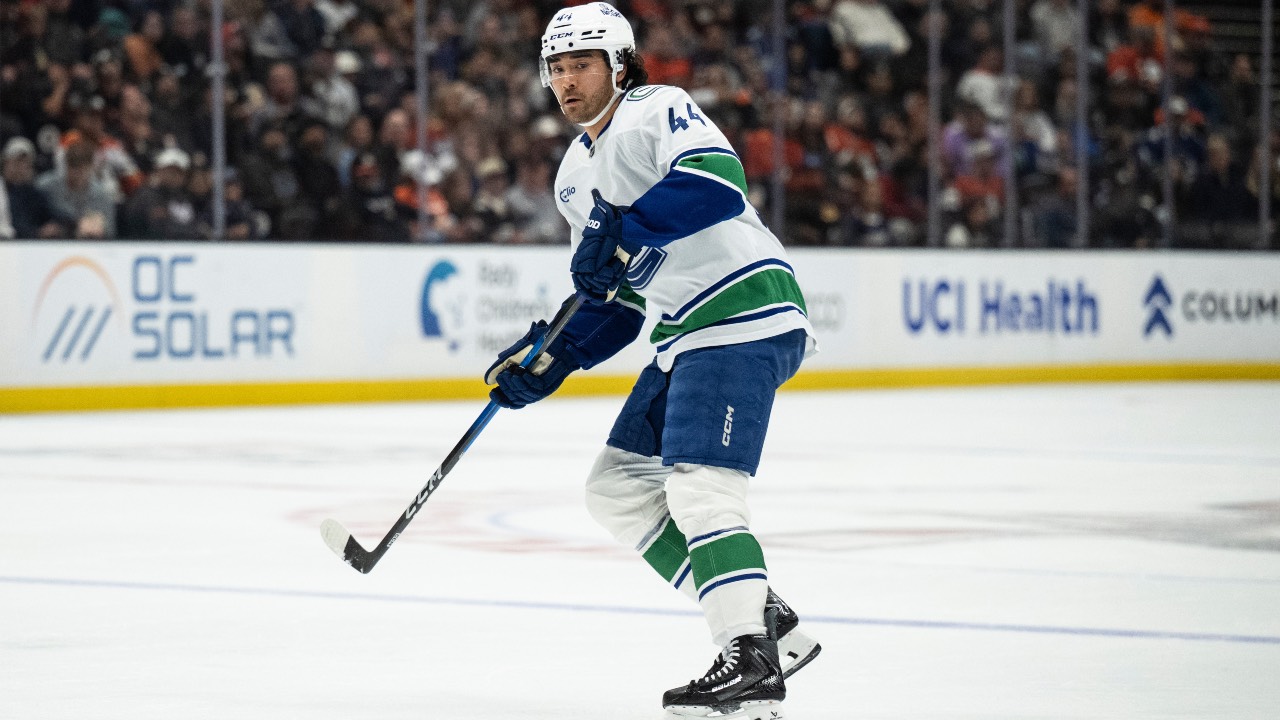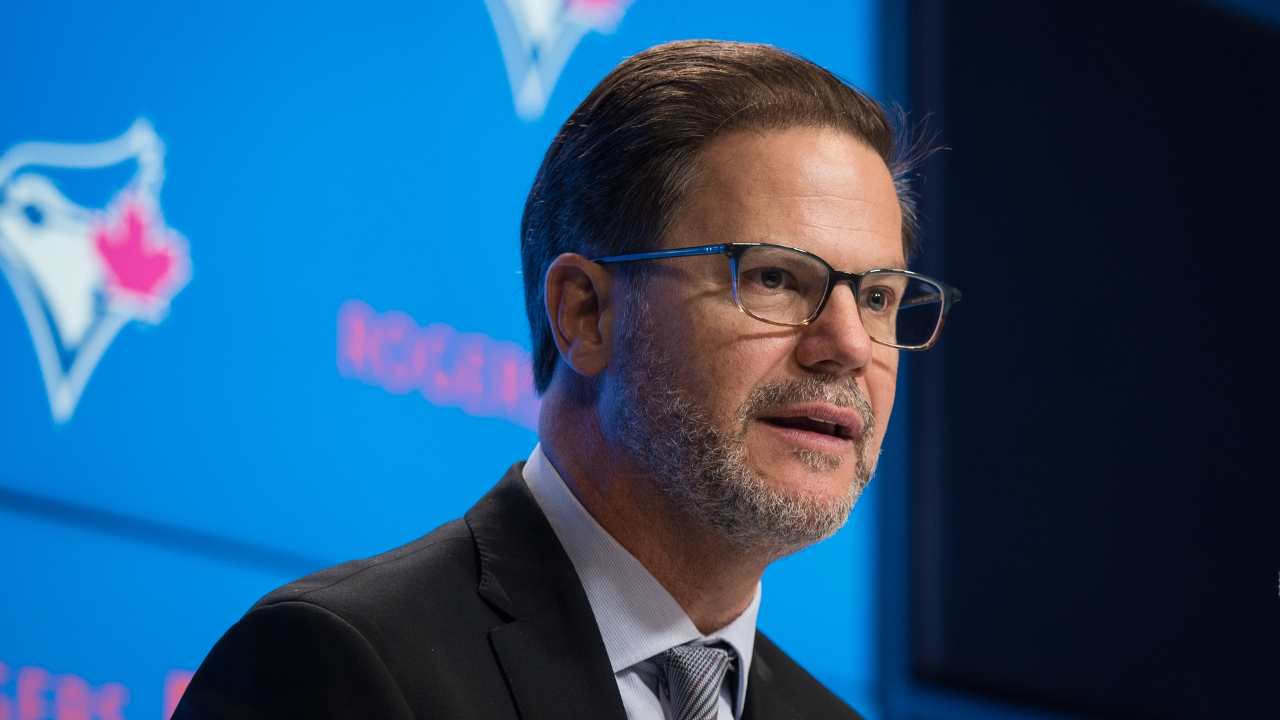
TORONTO – Concrete answers were few and far between at Rogers Centre Thursday afternoon – and understandably so, given the circumstances.
This early in the off-season, and so soon after the conclusion of a seven-game World Series that featured the Toronto Blue Jays, there’s virtually no way team decision makers could have everything mapped out.
It’s not that they haven’t been preparing for the off-season. Quietly, some team executives have been focused on off-season prep for weeks now. But with so much organizational energy directed toward each night’s game, the likes of team president Mark Shapiro and general manager Ross Atkins probably weren’t thinking about free agent recruiting strategies or under-the-radar trade candidates with quite the same intensity as usual.
A good thing, of course – reflective of the organization’s best season since 1993. But on Thursday, Atkins stopped short of outlining a clear off-season plan. Instead, he spoke of a desire to improve the roster by any means, staying as flexible as possible whether that means running back a similar roster to the 2025 team or adjusting course.
“I wouldn’t put myself in a box to say there has to be change to improve,” Atkins said. “I believe in human beings. I believe in the power of development, improvement and the power of cohesion.”
Whatever the Blue Jays decide to do, they anticipate having plenty of resources from Rogers Communications, Inc., which also owns Sportsnet. While payroll has “yet to be determined,” Shapiro pointed to “an unprecedented level of support,” adding “I don’t see that support going backwards at all.”
Speaking to a few dozen media members at an otherwise quiet stadium, Atkins didn’t get into many specifics. He did acknowledge that the Blue Jays need pitching even after Shane Bieber’s decision to opt into his 2026 contract, a development that gives the Jays the makings of a strong rotation already.
Then again, that’s hardly a revelatory admission given the departures of Max Scherzer, Chris Bassitt and Seranthony Dominguez. Of course the Blue Jays need pitching. Barring a major change from previous off-seasons, they’ll survey all segments of the market from Dylan Cease and Ranger Suarez on down.
Asked about the position player side of the market, Atkins confirmed that yes, the Blue Jays are interested in bringing back Bo Bichette, who received (and will likely decline) a qualifying offer. The GM also alluded to the likes of Ernie Clement and Addison Barger in noting that “we have a good bit of versatility.”
Yet when asked about the possibility of adding another designated hitter-type to a roster already including Anthony Santander and 36-year-old George Springer, Atkins returned to a familiar line.
“I don’t want to put ourselves in a box,” he said. “I don’t think you’re off base (to assume the fit isn’t as clean) but also, if there’s a way to make this team better even if it’s incremental (we’ll consider it). There could be subtraction. There could be moving pieces, and the versatility allows us to be more creative.”
Everything is on the table, then?
“Yeah,” Atkins replied. “I don’t want to take anything off.”
Fair enough. There’s no need to be overly restrictive so early in the winter when literally every trade candidate is still available and all 168 free agents are free to talk with any team.
Though Atkins didn’t share many details Thursday, the Blue Jays typically use October and early November to understand the free agent market, using their own analytics combined with the gut instincts and interpersonal insights of experienced executives to anticipate which players will be most valuable – and most expensive.
From there, the team’s high-ranking executives are tasked with initiating trade and free agent conversations around the league, usually based on pre-existing relationships. Atkins said some early trade talks have already occurred on starting pitching – but that’s just one part of one market.
When free agency officially opened Thursday at 5 p.m. ET, the Blue Jays will also have reached out to various agencies to express interest in priority free agents. So while Atkins can be vague with the media, behind the scenes the Blue Jays need a precise plan of attack – think Davis Schneider vs. Blake Snell in Game 5 of the World Series.
Otherwise, there’s no way to prioritize or even make sense of the hundreds of players available along with the rumours and speculation swirling.
For instance: some executives say the Yankees and Blue Jays are two teams to watch on Munetaka Murakami, the powerful Japanese slugger with lots of swing and miss. And beyond the Blue Jays, others wonder if Brandon Lowe and Max Muncy might be available in trade, even after having their respective options picked up.
In all likelihood, the Blue Jays have already gathered lots of information on dozens of such players, even if they aren’t sharing it publicly. For high-ranking baseball executives, those questions are routine. Gathering information takes work and time, but it’s an essential part of every baseball off-season and it starts in earnest now.
Perhaps more challenging is the art of the off-season – determining when to push and when to back away, when to speak up and when to stay silent. Chances are, Atkins doesn’t want to put himself in a box there, either.
“We’ll have a little bit better answer for you in the coming weeks,” he said.
So far, nothing especially illuminating from the GM. But in guiding the Blue Jays to their first World Series appearance in 32 years, Atkins built a roster that’s starting to speak for itself.


